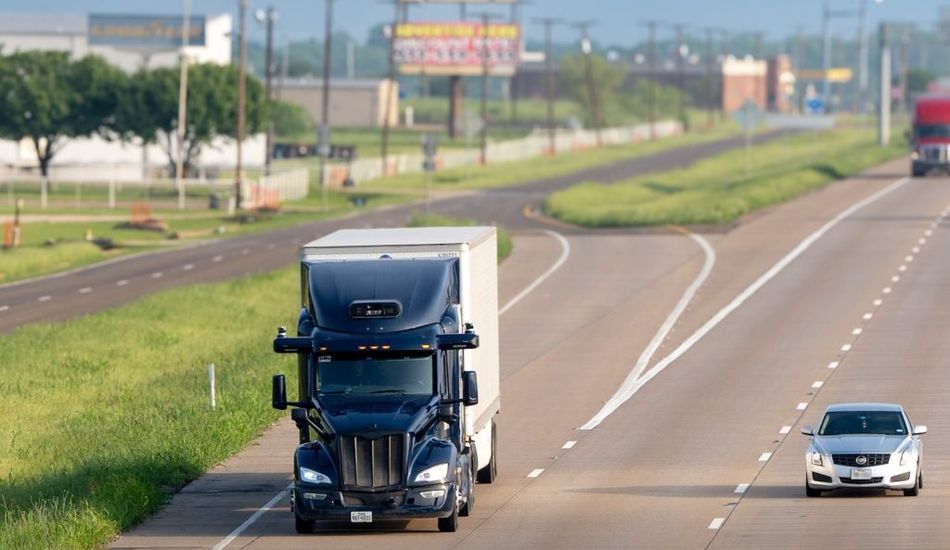
Aurora Launches Driverless Trucks
Aurora Innovation has officially launched a commercial self-driving truck service in Texas, marking a significant milestone in the autonomous vehicle industry. This represents the first deployment of driverless, heavy-duty trucks for commercial use on public U.S. roads. The launch follows a previous delay of the project's initial timeline, demonstrating the inherent challenges in bringing this technology to market.
Operational Details and Future Plans
The company is currently transporting freight between Dallas and Houston for initial customers Hirschbach Motor Lines and Uber Freight. Initial tests show promising results, with over 1,200 miles already completed by a single autonomous truck without human intervention. Aurora plans to significantly scale its operations, aiming for "tens of self-driving trucks" and expansion to El Paso and Phoenix by the end of 2025. Alongside its driverless initiative, Aurora continues operating a fleet of over 30 supervised autonomous trucks, handling "more than 100 loads of commercial freight" weekly. The company is also collaborating with Volvo Trucks and Paccar to develop self-driving trucks for mass production, expecting direct sales to customers starting in 2027 or earlier.
Navigating Industry Headwinds
The launch comes amidst a complex economic environment. Decreasing freight volumes and rising operating costs present significant challenges for the industry. While Aurora acknowledges these headwinds, they highlight other difficulties facing the trucking sector, such as underutilized assets. The company's upcoming first-quarter results will shed more light on how these factors, including potential impacts from trade policies, are expected to influence its future performance.
Regulatory Compliance and Safety
Aurora's operation raises questions regarding compliance with federal safety regulations, particularly those concerning emergency stops. While a spokesperson stated that no lead, chase, or police vehicles were used during the driverless operations, the company has not publicly elaborated on how it is adhering to all existing regulations without human presence in the vehicle. This aspect will undoubtedly be scrutinized as the company's operations expand. This represents a key area requiring further clarification.
Source: TechCrunch